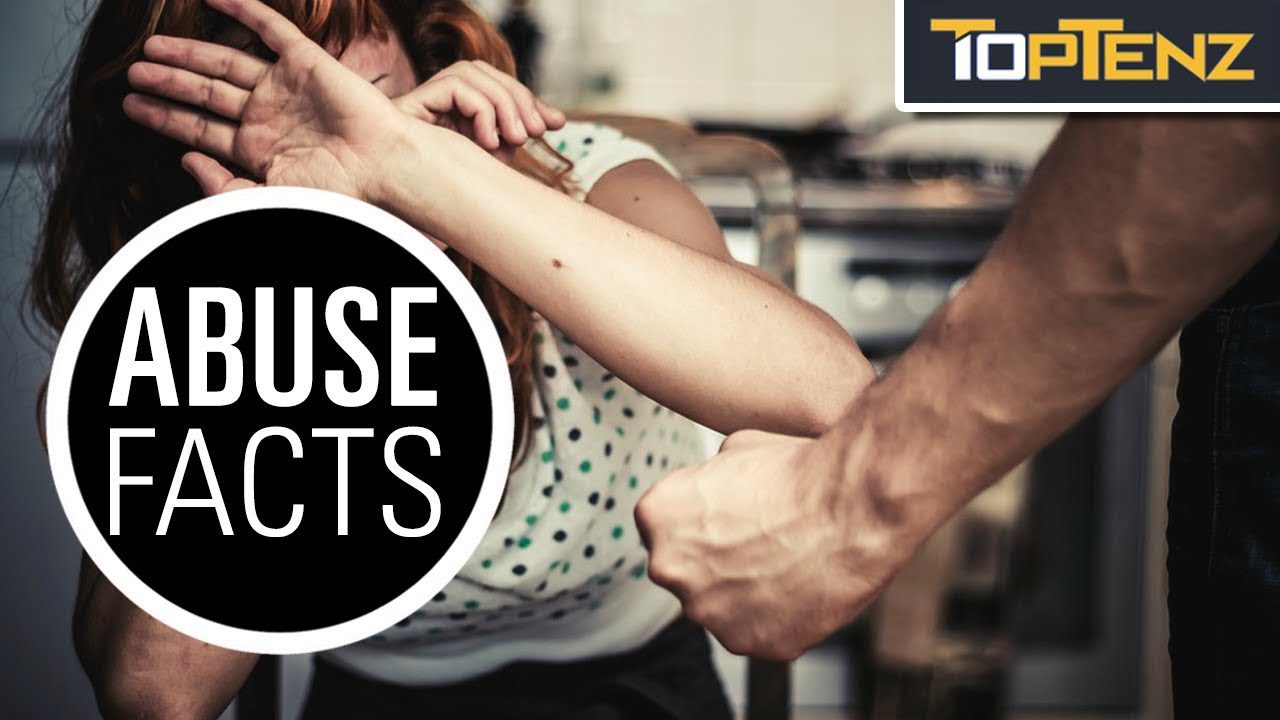Domestic violence is a widespread problem that affects millions of people across the world, regardless of gender, age, social status, or ethnicity. It is not limited to physical abuse and can take many forms, including emotional, verbal, financial, and sexual abuse. Children who witness or experience domestic violence are also at risk of negative consequences in their own lives. Domestic violence is often rooted in gender inequality and patriarchal norms, which is why women, especially those from marginalized communities, are disproportionately affected. However, men can also be victims, and it is important to recognize and address this issue too. It is crucial to raise awareness, seek help, and work to prevent and stop domestic violence to create a just and peaceful world.
10 Shocking Facts About Domestic Violence
Domestic violence is a pervasive and pernicious problem that can affect anyone, regardless of gender, age, social status, or ethnicity. It involves a pattern of physical, emotional, sexual, and/or psychological abuse that can have long-lasting effects on victims and their families. Here are ten shocking facts about domestic violence that highlight the need for greater awareness, prevention, and support.
1. Domestic violence is a global epidemic.
Domestic violence is not limited to any particular country or culture. It affects millions of people around the world, including adults and children, women and men, heterosexual and LGBTQ+ individuals. According to the World Health Organization, one in three women worldwide has experienced physical and/or sexual violence by an intimate partner or sexual violence by a non-partner in their lifetime.
2. Domestic violence can be deadly.
Domestic violence is not just a matter of bruises and broken bones. It can lead to severe injury, disability, and death. In fact, the leading cause of female homicides worldwide is intimate partner violence. In the United States, an average of three women are killed every day by their current or former partners.
3. Domestic violence affects children too.
Children who witness or experience domestic violence can suffer a range of negative consequences, including trauma, anxiety, depression, and behavioral problems. They may also be at higher risk of becoming victims or perpetrators of violence in their own relationships as adults. According to the National Coalition Against Domestic Violence, domestic violence is present in 40-60% of child abuse cases.
4. Domestic violence is a form of gender-based violence.
Domestic violence is often rooted in gender inequality and patriarchal norms that define women as inferior to men. This is why women, especially those from marginalized communities, are disproportionately affected by domestic violence. However, men can also be victims of domestic violence, and it is important to recognize and address this issue too.
5. Domestic violence is not always physical.
Domestic violence can take many forms, including emotional, verbal, financial, and sexual abuse. These forms of violence can be just as damaging and traumatizing as physical violence, and may be harder to recognize or report. Examples include threatening behavior, controlling finances, dictating clothing and makeup, pressuring for sex, or using technology to stalk, harass, or humiliate the victim.
6. Domestic violence is often underreported.
Many victims of domestic violence do not report the abuse for various reasons, such as fear of retaliation, shame, lack of support, cultural or language barriers, or distrust of law enforcement. In fact, only about one-third of domestic violence cases are reported to the police. This means that the actual prevalence and impact of domestic violence may be much higher than official statistics suggest.
7. Domestic violence affects all socioeconomic levels.
Contrary to popular belief, domestic violence can happen to anyone, regardless of their income, education, or occupation. It affects people from all walks of life, although some populations may be more vulnerable than others. For example, people living in poverty, those with disabilities, and rural communities may face additional barriers to seeking help or resources.
8. Domestic violence has many risk factors and red flags.
Domestic violence does not happen out of nowhere. There are often warning signs or risk factors that can signal an abusive relationship. These may include jealousy, isolation, possessiveness, blaming, gaslighting, threats, physical aggression, coercion, or forced sex. It is important to recognize these behaviors and seek help before they escalate.
9. Domestic violence can be prevented and stopped.
Domestic violence is not inevitable or intractable. There are many interventions and strategies that can help prevent and stop domestic violence, such as education, counseling, legal protection, advocacy, and police response. Victims and their loved ones can also take steps to enhance their safety and well-being, such as creating a safety plan, seeking professional help, and staying connected with supportive networks.
10. Domestic violence affects us all.
Domestic violence is not a private matter or a family issue. It has far-reaching consequences for individuals, families, communities, and society at large. It can lead to physical and mental health problems, lost productivity, increased healthcare costs, legal system overload, and disrupted social norms. Moreover, domestic violence is a violation of human rights and dignity, and it undermines our collective efforts to create a just and peaceful world.
Conclusion
Domestic violence is a complex and devastating phenomenon that requires ongoing attention and action. By raising awareness, challenging stereotypes, supporting victims, and demanding accountability, we can make progress towards a world where everyone can live free from violence and fear. It is time to break the silence and end the cycle of domestic violence.
